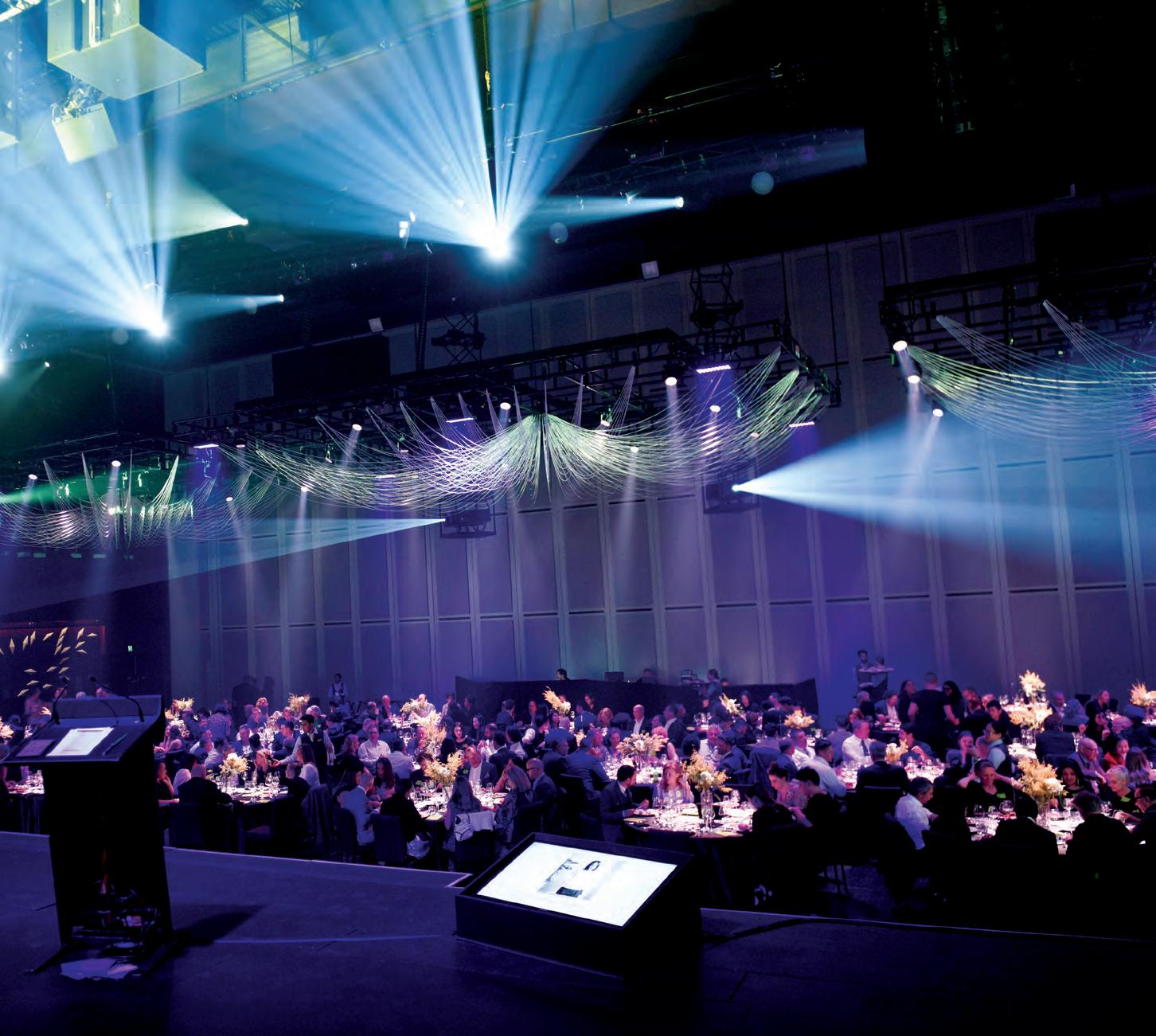
5 minute read
AWARDS PREVIEW
2021 Sustainability Awards Preview
WORDS BRANKO MILETIC
For 15 years now, Architecture & Design magazine has hosted the nation’s most respected and most coveted Sustainability Awards program, one that is devoted entirely to Australia’s vibrant and economically vital building, construction, and design sectors.
The Architecture & Design Sustainability Awards are one of the rare national industry programs that bring leading designers, suppliers, and sustainable building practitioners all together in one place to celebrate the industry’s best projects, products, and of course, people that this country has to offer.
In order to be able to deliver such a distinguished level of award, we rely on the highest calibre and most diverse set of entries to ensure that all our finalists (and, of course the ultimate winners) of each category represent, quite simply, Australia’s best and brightest from our built environment. These 15th consecutive Sustainability Awards will be run the awards along with the associated Sustainability Summit program both as both a live event in Sydney and also, online for our increasingly important global audience.
So to ensure the ongoing success of the Sustainability Awards, we need the very best entries that our industry has to offer, so as to help make the 2021 Architecture & Design Sustainability Awards the best yet.
Over the previous years, we have had a range of exciting, diverse, and stunning entries that have shown just how far the issue of sustainability has come in Australia.
SUSTAINABILITY AWARDS WINNERS OVER THE YEARS 2020 THE MAN OF THE MOMENT

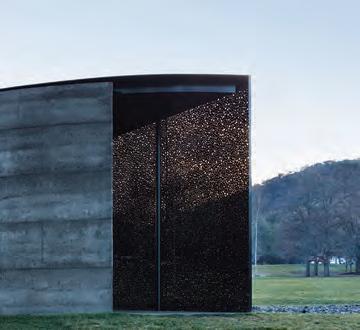
Throughout a career spanning 40 years, Paul Haar has been immersed in architectural practice informed by deep green principles and active inside small local economic and social systems. His early years were dedicated to revitalising a self-help housing culture amongst Aboriginal and Torres Strait Islander communities. This brought him a solid understanding of material science, timber and earth construction, land, water, and energy systems. He has lectured and mentored widely on these topics.
LEARNING CURVES AND ANGLES
Gillies Hall is a new student accommodation on the Peninsula Campus comprising 150 studio apartments and common areas. The building is a showcase of the University’s commitment to deliver first-class student accommodation and achieve Net Zero emissions for its operations. Gillies Hall has been designed and built to redefine comfort and create opportunities for students to meet and learn from others. The six-level accommodation provides exceptional single occupancy studios and dedicated collaborative spaces for students to study, engage and relax.
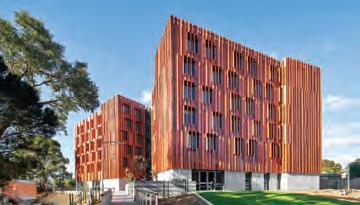
LEST WE FORGET
For Our Country, is the inaugural National Aboriginal and Torres Strait Islander War Memorial, commissioned by the Australian War memorial (AWM) and is located on Ngunnawal and Ngambri Country. 2019 DESIGN DERBY
Located in the picturesque region of northeast Tasmania, Dales of Derby is a place to stay next to the river on the edge of town. An introductory building to the small village of Derby, a gable roof suggests a link to the local mining, timber and farming history, calling to mind utilitarian tin miner accommodation, high country slab hut or tractor shed.
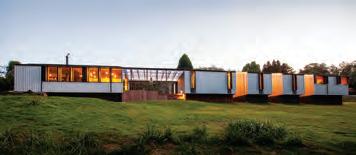
CLINTON COLE’S HOUSE
The Jungle House is the holistically sustainable home of CplusC Architectural Workshop’s director Clinton Cole, partner Hanne and their three children. The three-storey home is built within a rejuvenated heritage facade of a longunoccupied two-storey shop-top house sitting on a 98sqm triangular shaped corner site with north, east and west solar access and outlook. Key features include a 1600L aquaponics fishpond, which is linked in a cyclical system to the accessible rooftop of planter beds, providing the native Australian plants and fruit and vegetables nutrient enriched water caused by the edible silver perch (fish) that inhabit the pond.

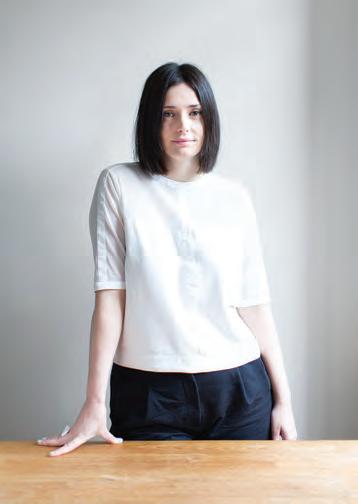
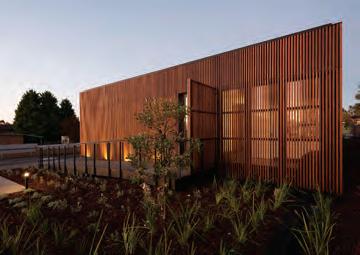

2018 WINTER IS COMING
Just over 4 years ago, Jean Graham established Winter Architecture. Jean says that she is secondary to the practice, straying away from the fulfillment of a self-titled practice while electing to translate the quiet, introspective, site-specific qualities of Winter – the season – into an Architectural dictum.
INCUBATING SUCCESS
The Macquarie University Incubator design aims to amplify and imbue deep thinking around innovation, bringing together entrepreneurial spirit, ingenuity, and collaboration.
The Incubator was conceived as a pair of pavilions, each with flexible layouts that lend themselves to future adaptations and functions with the facilitation of collaboration being the underlying principle.
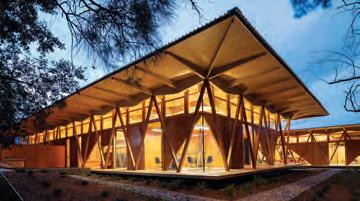
ANIMAL HOUSE
Wallan Veterinary Hospital in regional Victoria is an efficient and elegant building that successfully refreshes the traditional vet hospital typology. The 24-hour facility, open seven days a week, needed an immediately identifiable, strong street presence, yet still had to be respectful of its residential context.
DREAMTIME PROJECT
Karani Lumi is steeped in the sensibilities of a 60,000-year-old culture. This project maintains a deep sense of environmental awareness and custodianship. 2017 BARANGAROO SMART BUILDING
EY Centre, 200 George Street was one of the first of a new breed of innovative, sustainable ‘smart buildings’ in Australia, using smart technology to maximise energy performance and workplace efficiencies. The building incorporates defining sustainability initiatives and achievements including a world-first closed cavity façade system, a 6 Star Green Star Office As Built V3 certified rating and, for Mirvac’s tenancy, an Australian-first Gold WELL certification, as well as 6 Star Green Star Interior and As-Built ratings.
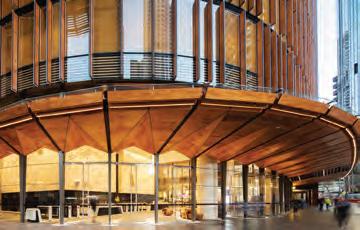
GREEN HEALTHCARE IN THE MAROON STATE
The Sunshine Coast University Hospital has set a new benchmark in Green Healthcare. The state-of-the-art health facility is the largest single green rated development undertaken by Lendlease in Australia and has achieved best-practice in sustainable design principles and construction. Designed to reduce its impact on the environment, employ environmentally responsible practices and enable the hospital to adapt to future demands.











